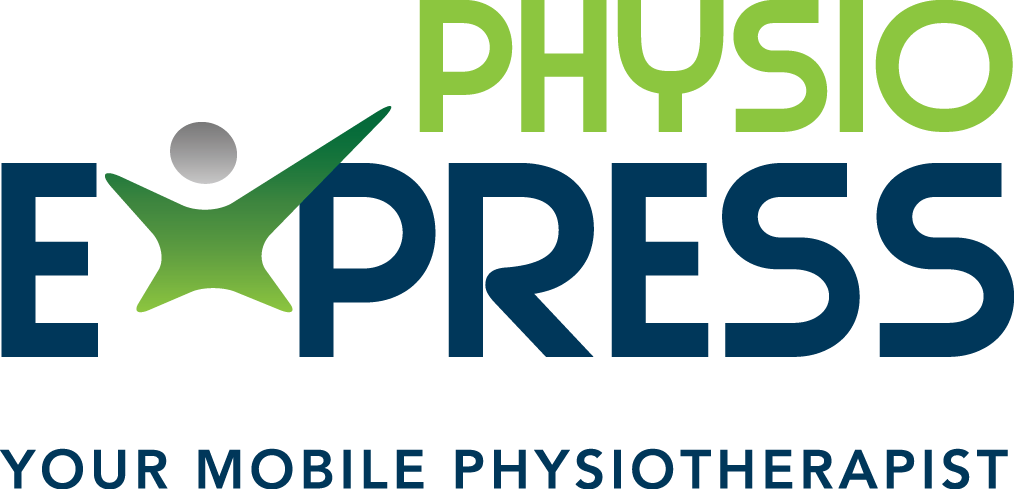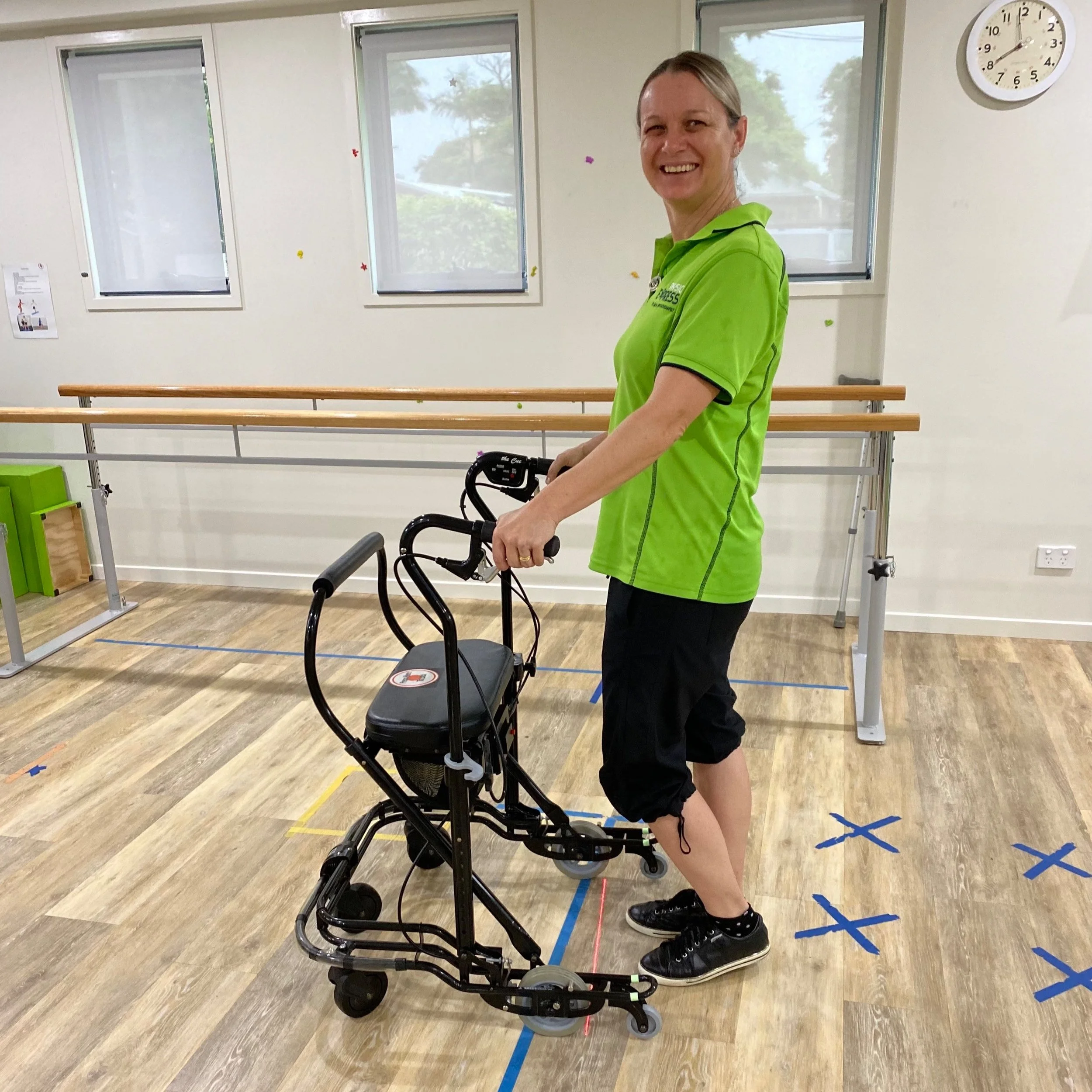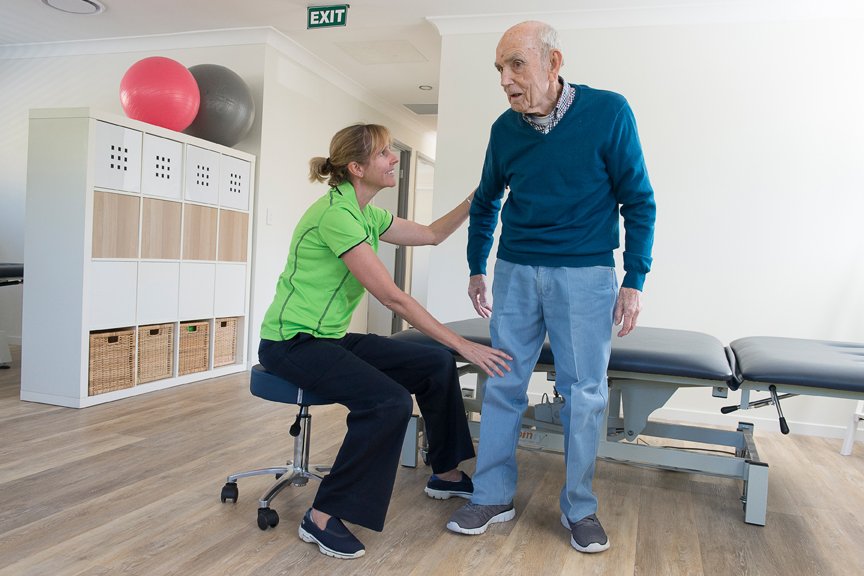Progressive Supranuclear Palsy (PSP)
WHAT IS IT?
Progressive Supranuclear Palsy (PSP) or Steele-Richardson-Olszewski is an uncommon neurological disorder that affects movement, speech, swallowing, vision and cognition. The disorder's name refers to the disease worsening (progressive) and causing weakness (palsy) by damaging an area of the brain nuclei (supranuclear).
There is no known cause of PSP, though it is known that PSP belongs to the family of tauopathies. This is where there are excess amounts of a protein called tau in brain, along with brain cell (neuron) loss. The cluster of tau proteins is also found in other neurodegenerative disorders, such as Alzheimer’s disease.
How is PROGRESSIVE SUPRANUCLEAR PALSY diagnosed?
Currently there are no tests or brain imaging techniques to definitively diagnose PSP. An initial diagnosis is based on the person’s medical history and a physical and neurological examination. Ruling out other similar disorders is important. Diagnostic imaging may show shrinkage at the top of the brain stem and investigates brain activity in known areas of degeneration.
Because its early symptoms may look similar to those of Parkinson’s Disease (PD) or Alzheimer’s disease, it is often initially misdiagnosed.
What are the signs and symptoms of PROGRESSIVE SUPRANUCLEAR PALSY?
Movement symptoms including slowness of movement (bradykinesia), stiffness and rigidity and clumsiness
Postural instability and falls
Oculomotor symptoms including blurry vision, double vision, light sensitivity, staring gaze, inability to move the eyes up and down, difficulty opening and closing the eyelids
Swallowing (dysphagia) and speech (dysarthria) impairments
Sleep disturbances
Personality, behaviour and cognitive changes
Dizziness
Pneumonia (infection of the lungs)
How can physiotherapy and occupational therapy help me with PROGRESSIVE SUPRANUCLEAR PALSY?
Physiotherapy and occupational therapy are important roles in the multidisciplinary team, who work collaboratively in maintaining your independence and quality of life.
The physiotherapist and/or occupational therapist will conduct a comprehensive assessment and provide an individualized program tailored specific to your goals and needs.
Research has shown that rehabilitation provides benefits for individuals with PSP and the management would typically include motor-cognitive tasks, aerobic exercises, balance and transfer training, walking practice, visual tracking, flexibility training, equipment prescription and more.
References
A guide to PSP & CBD for physiotherapists (2023) PSP association. Available at: https://www.pspassociation.org.uk/wp-content/uploads/2023/03/PSPA-Physio-guide-FINAL-LR-002.pdf .
Progressive Supranuclear Palsy (PSP) (2023) Brain Foundation. Available at: https://brainfoundation.org.au/disorders/progressive-supranuclear-palsy/ .
What is Progressive Supranuclear Palsy (PSP)? (2023) PSP Australia Available at: http://www.psp-australia.org.au/whatis-psp.html .
(2023) Parkinson’s Foundation. Available at: https://www.parkinson.org/ .


